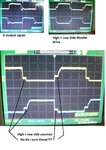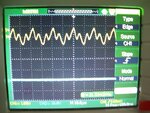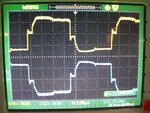zeus_threat
Member level 2

Hi thanks for the reply. Effectively i feel its the scope bandwidth the new one which is on its way should solve this problem. I can effectively post a new schematic of the current SMPS here for easier diagnostics. Just a simple question which CAD software has a built in model of TL494 in it? Or is there a way to get a TL494 spice model somewhere on the net??? Thanks







